In Europe the A. papilionacea group consists of just two full species, A. papilionacea itself, commonly known as the Pink Butterfly Orchid and the Fan Lipped Orchid, A. collina. The former is a polymorphic species with a wide distribution and this unsurprisingly therefore gives rise to a significant range of natural and regional variations. First described by Linnaeus as long ago as 1759, the taxon has been intensely studied ever since, leading to the recognition of many forms and the creation of a list of synonyms far too extensive to detail in these pages (no less than 67 in 2013). A genetic study in 1993, comparing subspecies grandiflora, papilionacea and aegaea (then heroica) from around the Mediterranean, determined that the minimal genetic difference's discovered, were consistent with nothing more than separate geographic populations within a single cohesive gene pool and that being simple morphs, subspecies status could not be justified. These results were not universally accepted and new taxa continue to emerge.
A. papilionacea subsp. alibertis was first
described by Kretzschmar and Kretzschmar in 2000 and named after the
noted Cretan botanist Adonis Alibertis. It is endemic to Crete and
although sometimes frequent in its preferred sites, is extremely local,
being largely confined to central regions and particularly the lower
Spilli valley.
A. papilionacea subsp. alibertis is
one of the more distinctive subspecies with a characteristic slender
stem, above which the flowers are clustered in an almost flat topped
spray, often numbering as few as four individuals. Plants may grow
singly but frequently bunch together in groups of up to six, which commence flowering in Mid April, at a time when A. papilionacea subsp. aegea is well past its best. The flowers themselves are virtually indistinguishable from aegea but
the plants unique form, easily separates the two. The photographs date
from the second week of April at which time the plants were only just coming
into flower.
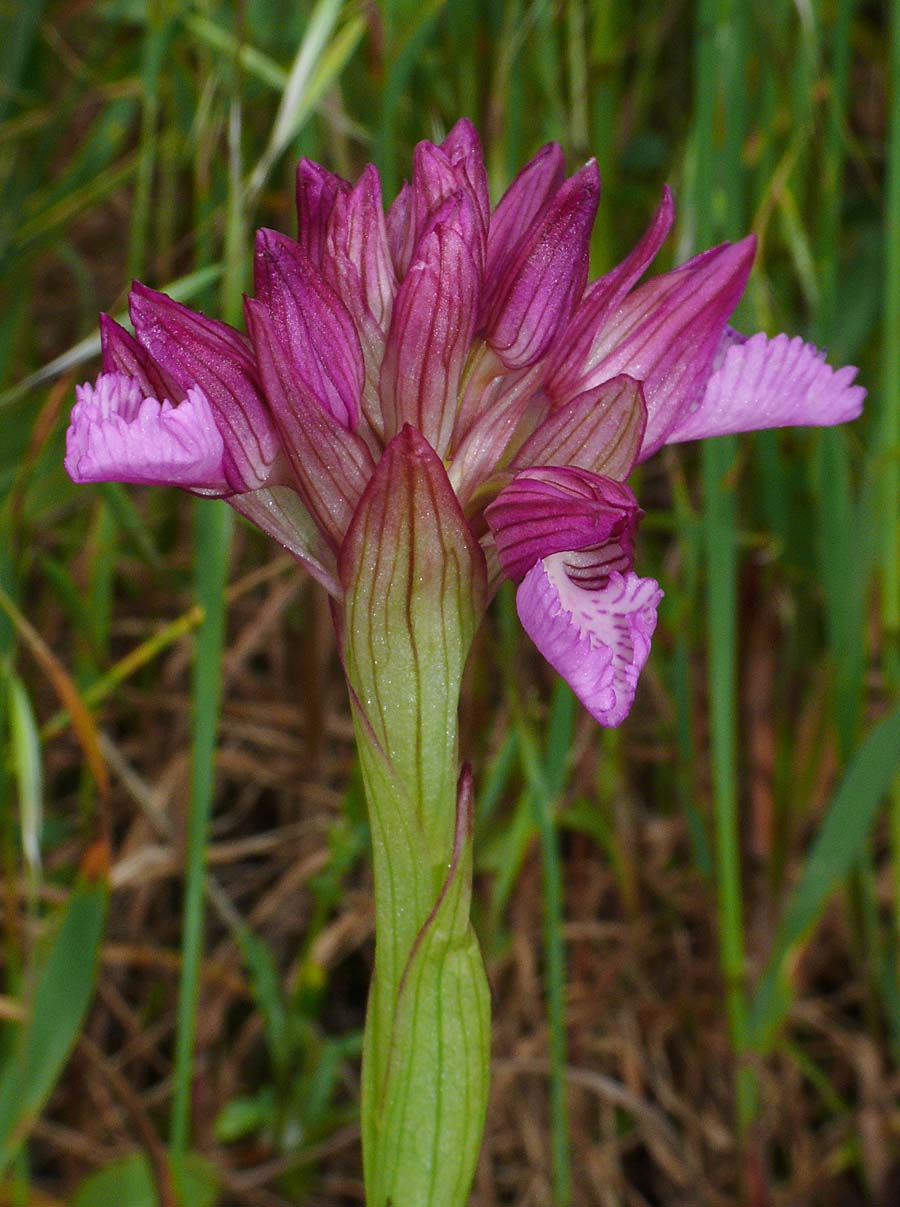
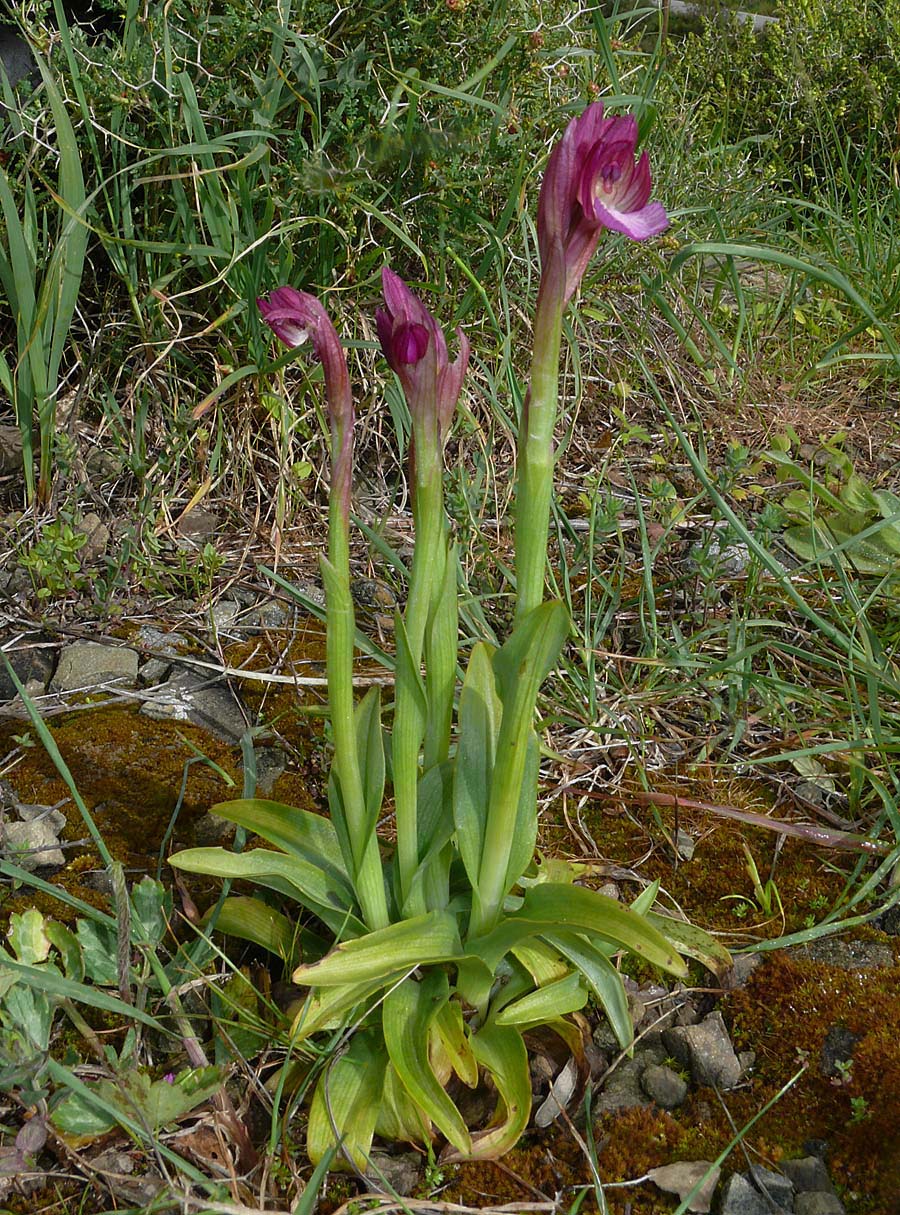
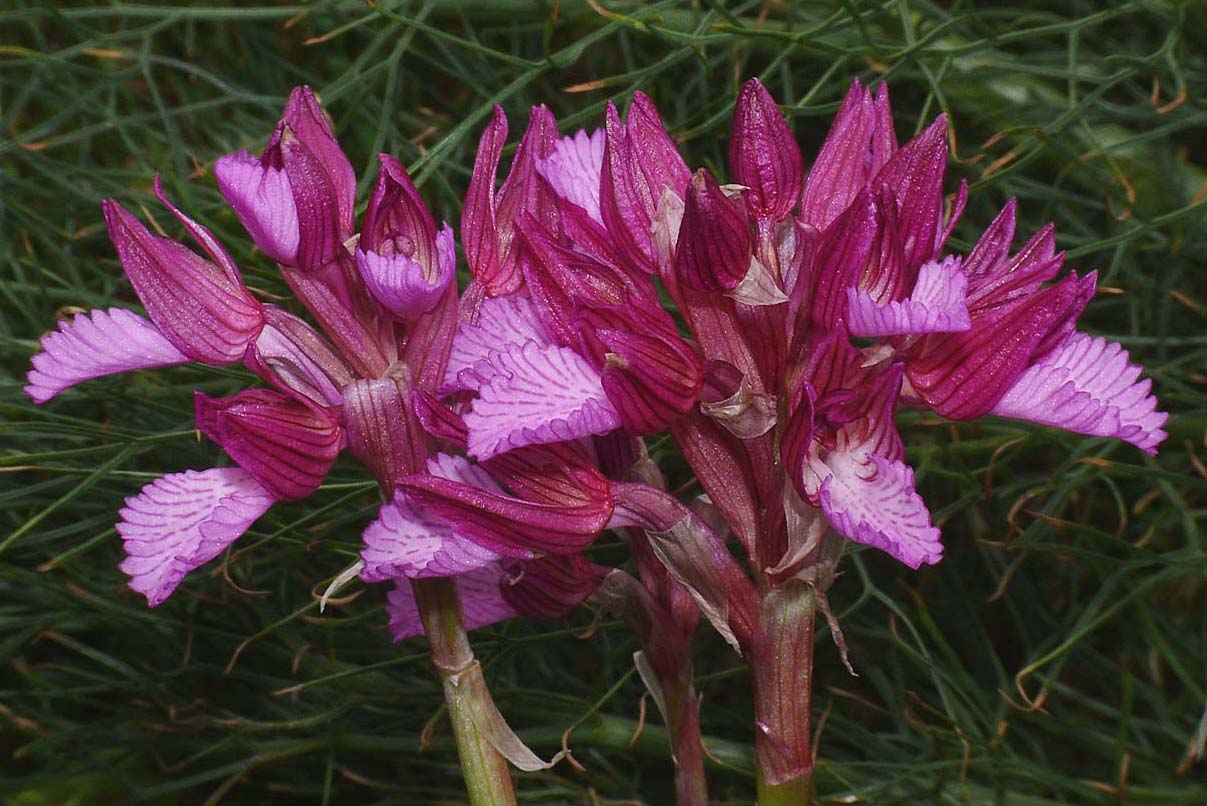
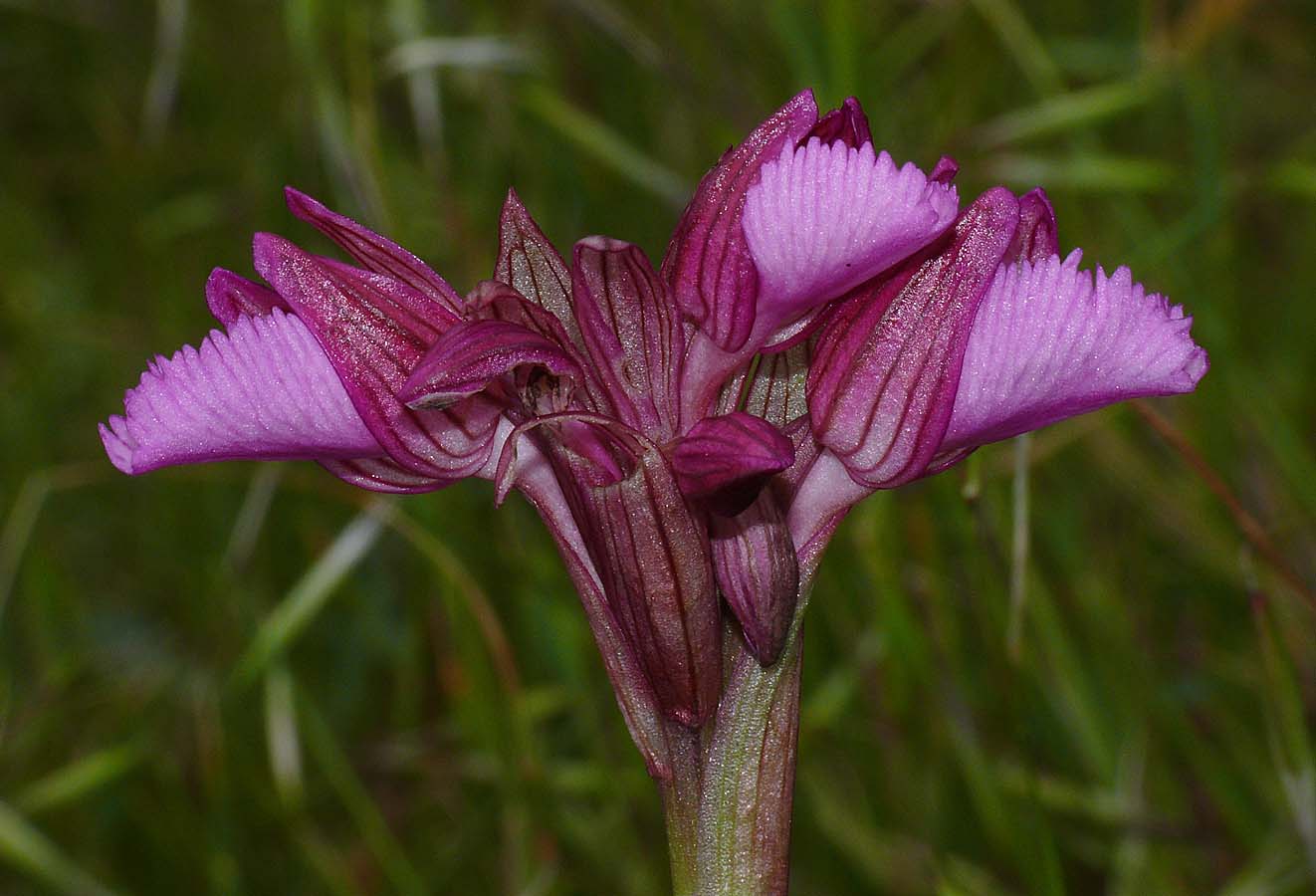
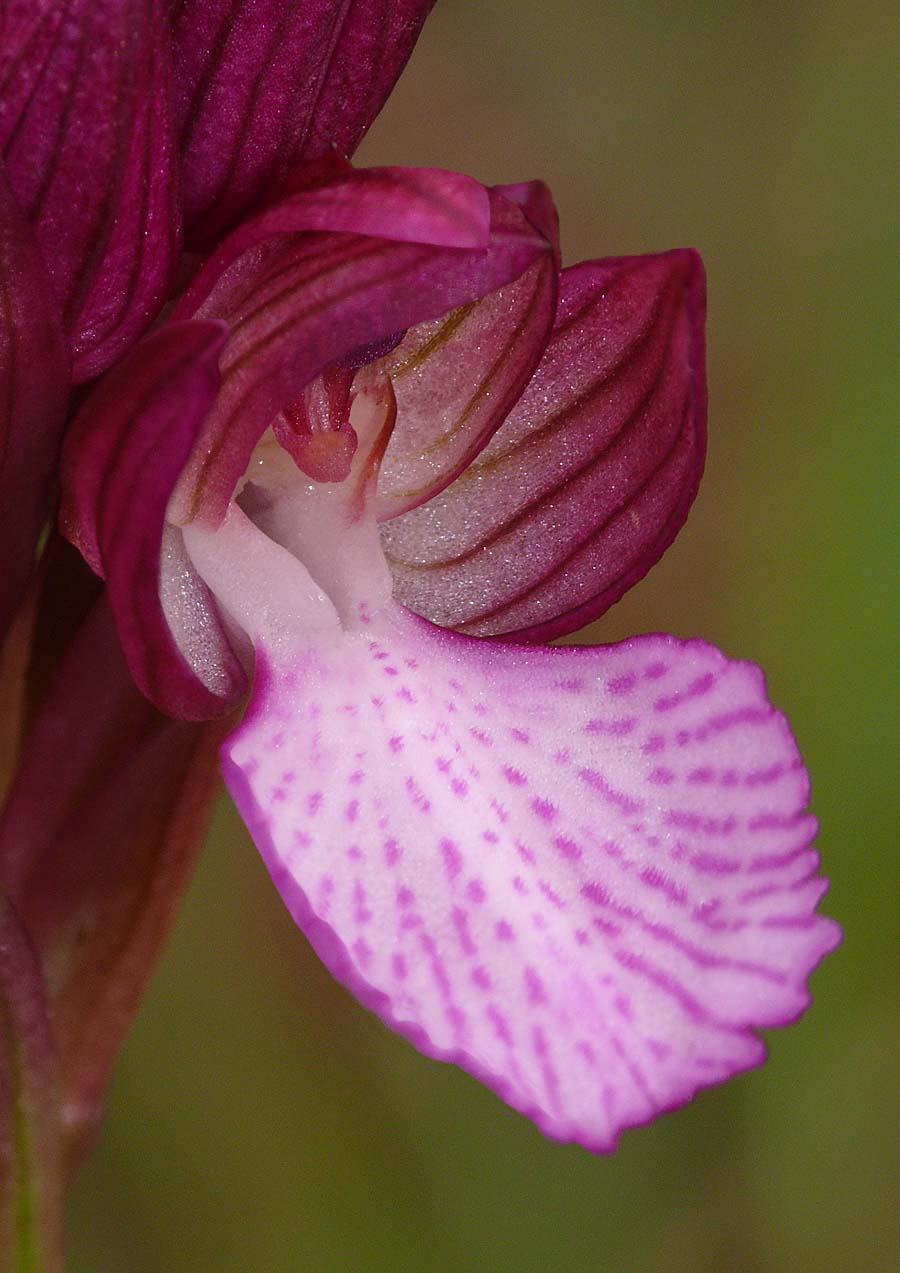
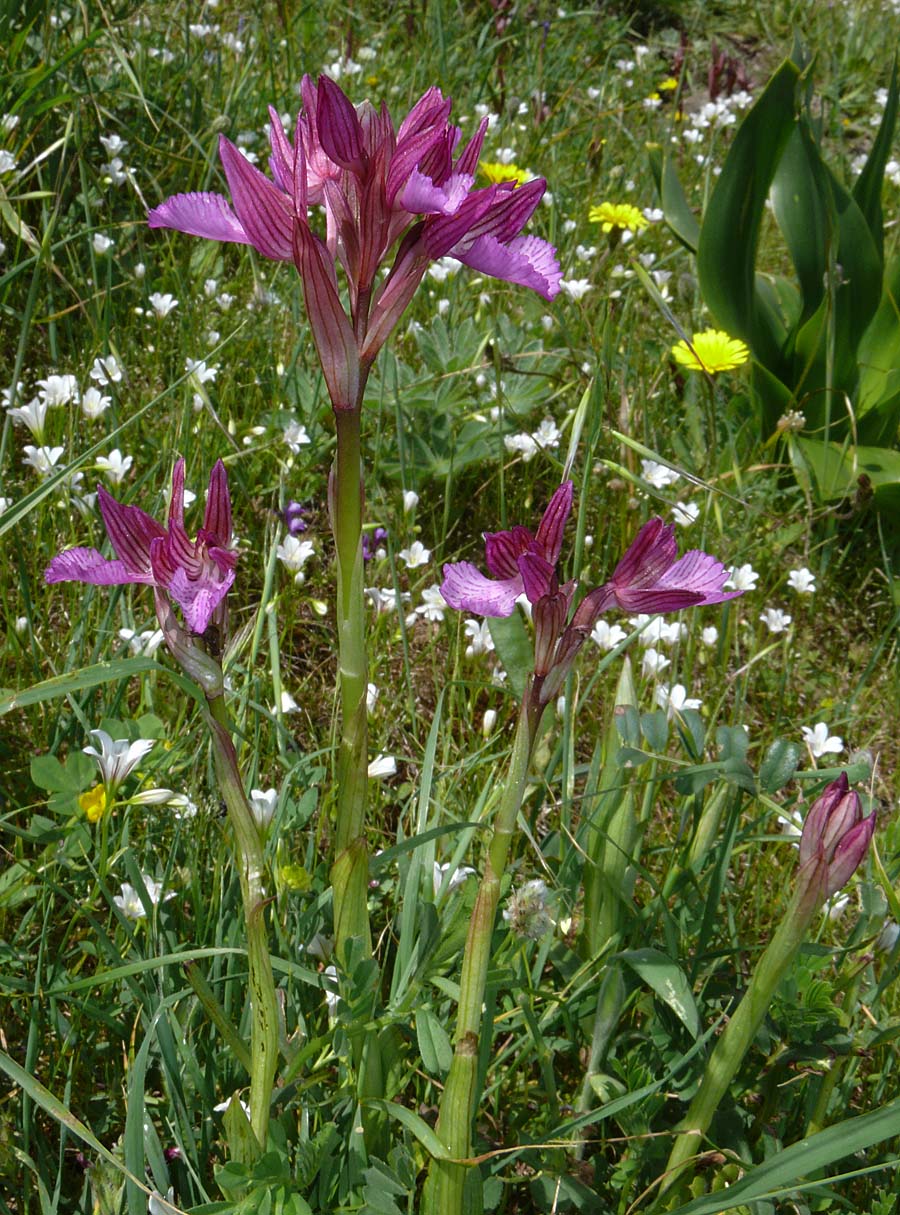
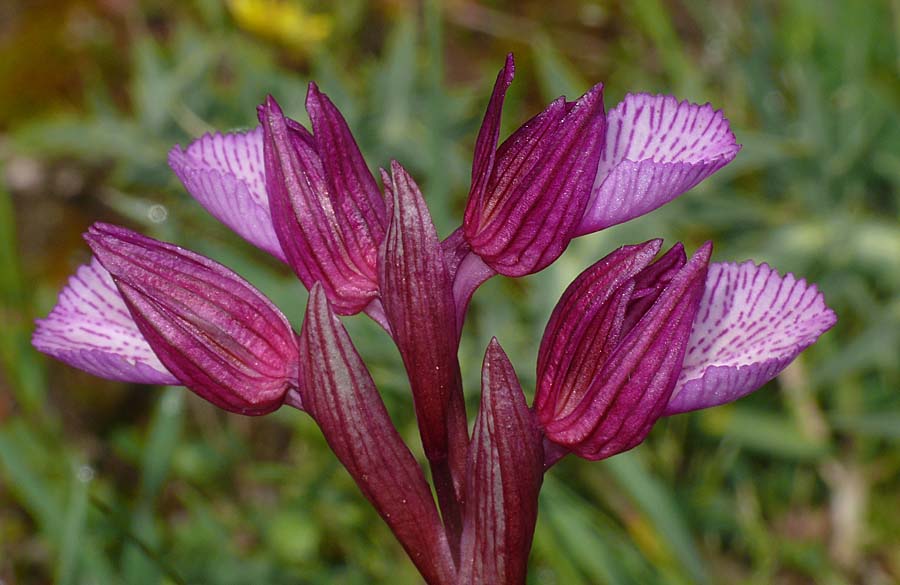
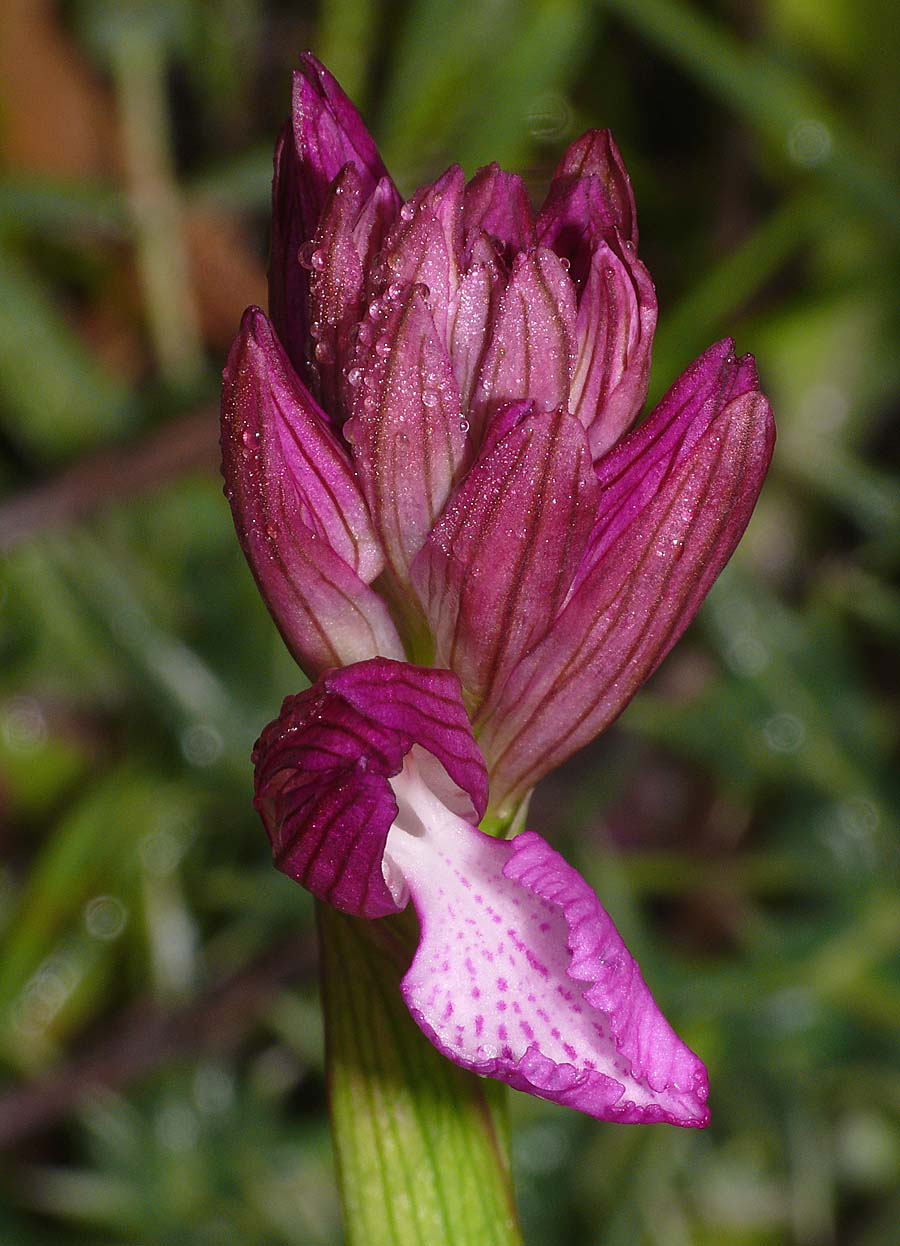
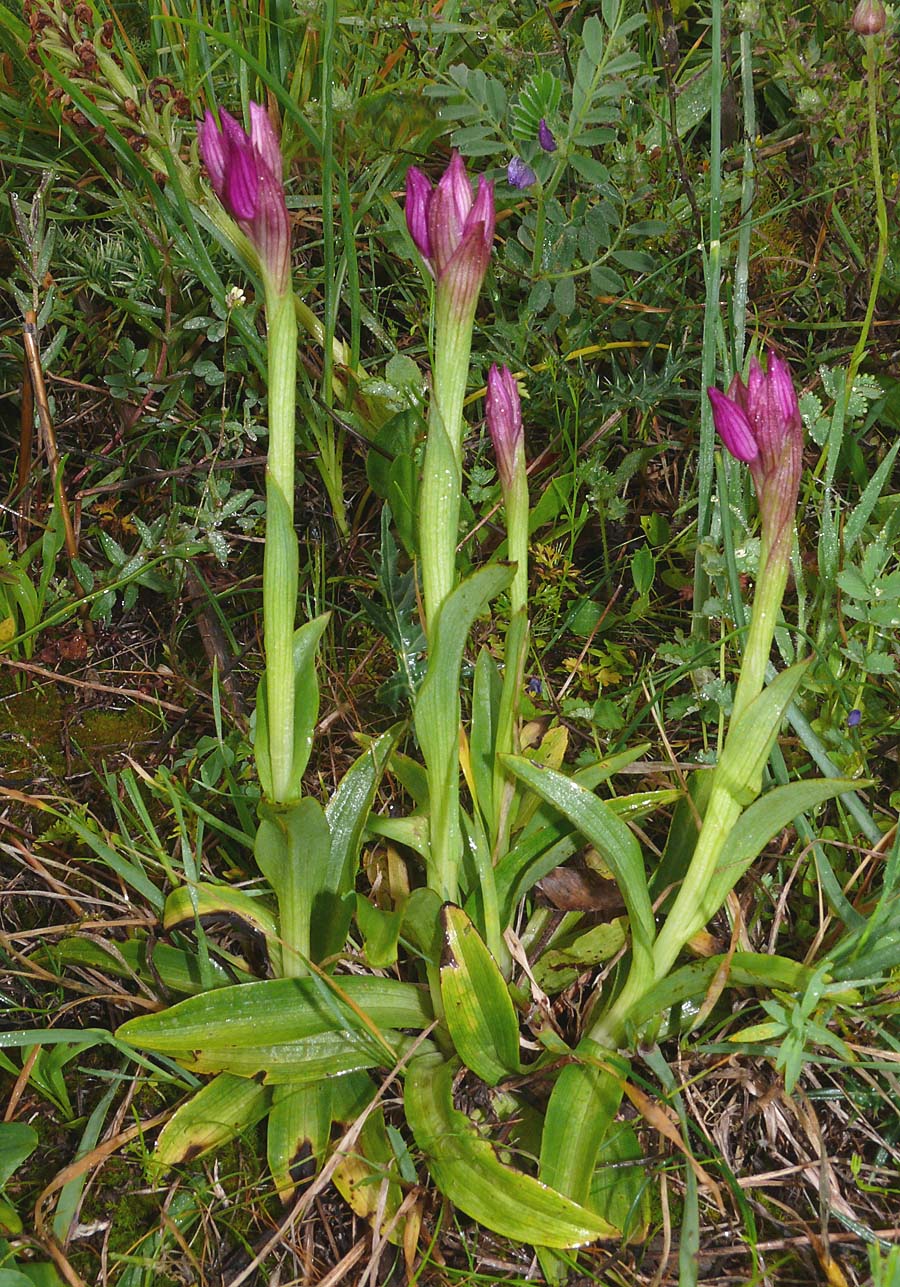
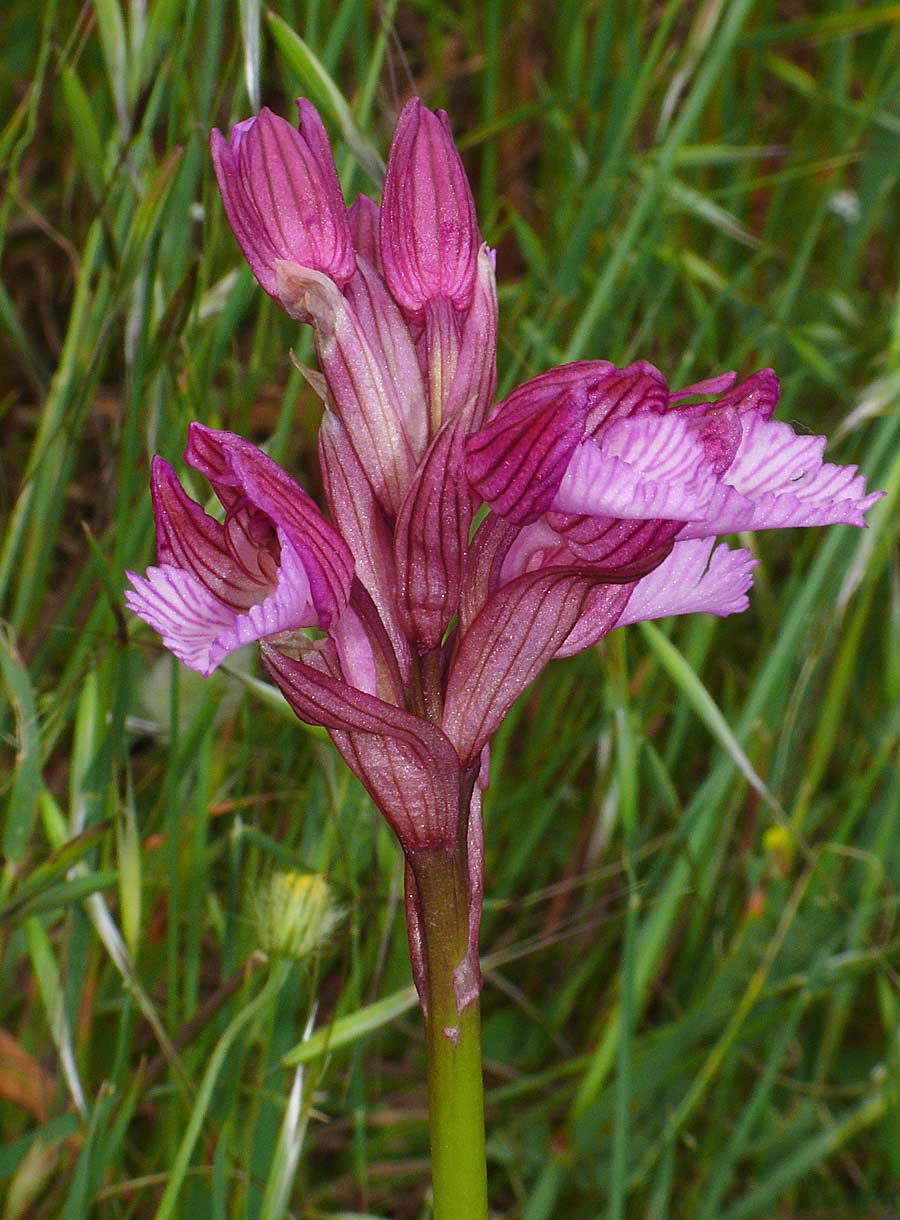
.